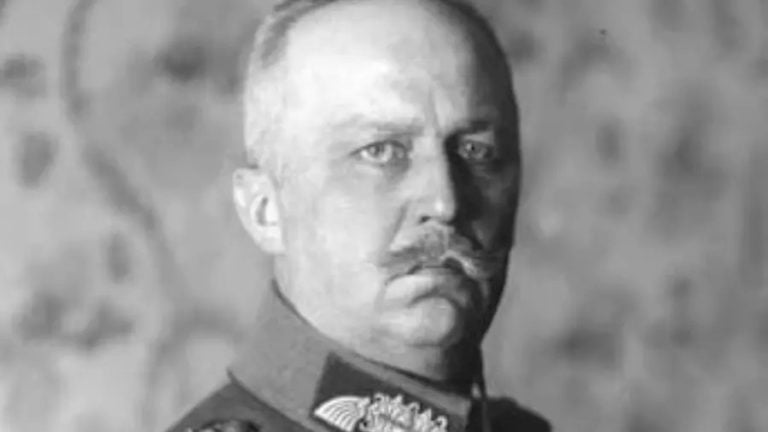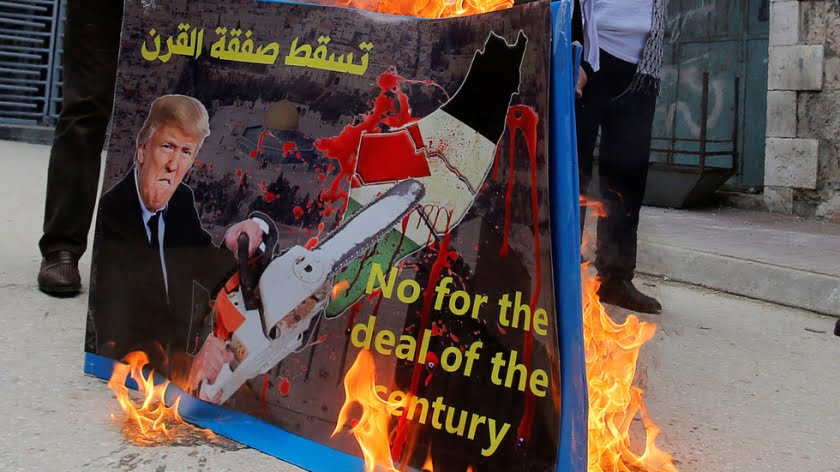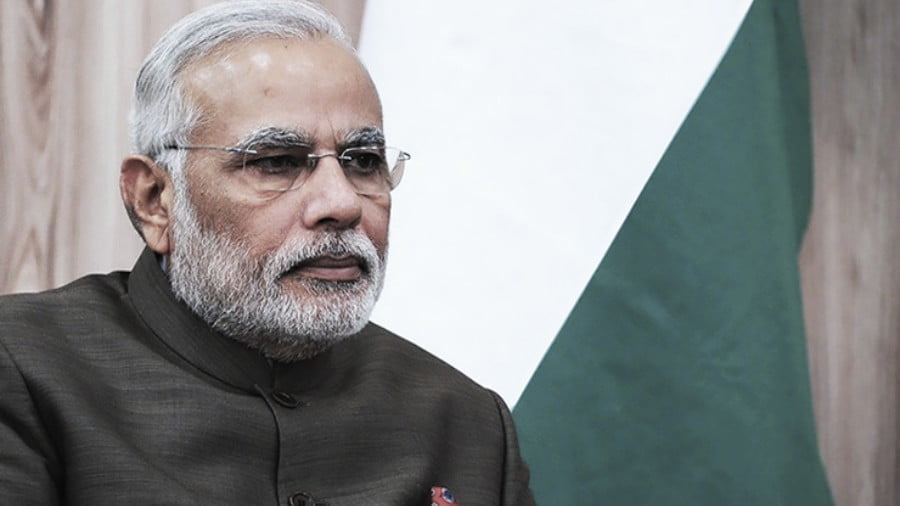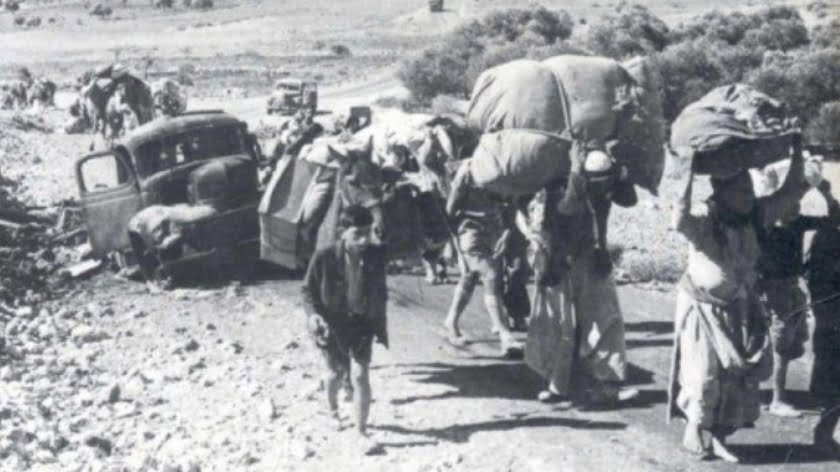Remembering the Ottoman Empire in Palestine
The last months of this year contain two landmark centenaries in the history of Palestine. The first is the 100th anniversary of the Balfour Declaration, on November 2nd. On that day, while Israelis celebrate, the Palestinians will mourn the short letter which, three decades later, took their country from them, the Nakba which led to 800,000 becoming refugees. The supporters of Palestine will demonstrate around the world to demand the wrongs springing from the Balfour Declaration be overturned.

The other important centenary comes on December 9th, and is the surrender of Jerusalem to the British – the end of four centuries of Ottoman Turkish rule over Palestine. The British occupied Palestine as part of the imperialist redrawing of the map of the world, for which the First World War had been fought. During a speech in Jerusalem, Christmas 1917, the British commander General Allenby announced “only now have the crusades ended”. The British occupation had indeed begun, but if Allenby thought that the Palestinian people would give up the struggle for their land, he was mistaken.
The legacy of the Balfour Declaration is black and white: it took a land away from an indigenous people, and handed it to immigrant settlers. But the legacy of the Ottoman Empire in Palestine is painted in shades of grey. For many years, historians have portrayed the four centuries in which Palestine was ruled from the “Sublime Porte”, the Ottoman court in Istanbul, as a period of stagnation. To Israeli historians, Palestine’s modern history begins only with the arrival of the first Zionist colonists at the end of Ottoman rule; Arab nationalists consider Ottoman control as another period of foreign rule, albeit more benign than the British and Israeli occupations.
It is true that for decades before 1917, the Ottoman Empire had been in decline, and its power in Palestine was weak. Palestine was threatened by invasion from Napoleon in 1799, and from Russia during the Crimean War 1853-1856. The Ottomans lost control of Palestine and Syria to the Egyptian Mohammad Ali Pasha from 1832-1840, and could only regain control with the help of Britain, which hoped one day to absorb Palestine into its own empire. For many years, Palestinian villages, towns and cities had autonomy to govern themselves; this autonomy later also applied to the first European settlers, who took advantage of Ottoman weakness to govern their own colonies.
Many landmarks so familiar in Palestine today date from the Ottoman years. For example, twenty years after Ottoman soldiers had conquered Jerusalem in 1516 – incorporating Palestine into an empire which stretched around the Mediterranean from North Africa to Greece, and eastwards to Iraq – Sultan Suleiman the Magnificent ordered the construction of the iconic walls which still encircle the old city of Jerusalem.
The political legacy of the Ottomans is more vexed than its architectural legacy, however. Ask a Palestinian today for their opinion of the Ottoman Empire, and you may hear any one of a range of responses.
Some remember the Ottoman period as one of harmony between Muslims, Christians and Jews in Palestine, a delicate balance destroyed by the British. There is some truth to this. In Palestine, relations between Muslim and Christian Arabs and the small Jewish population were quiet. When the first British High Commissioner for Palestine, Herbert Samuel, arrived in Palestine in 1920, he could write that he had found “one Palestine, complete”. It was the British who fostered divisions between the religious communities, partitioned Palestine, and ultimately paved the way for the Israeli occupation of all Palestine today.
This view of the Ottoman period has been exploited for political purposes. When Palestinians struggled last July for the reopening of the Al-Aqsa Mosque, Turkey’s President Erdogan said that “during the Ottoman era, communities belonging to different religions and sects lived in peaceful coexistence and enjoyed freedom of worship for centuries”, and “our ancestors [the Ottoman Turks] had acted with such great delicacy and sensitivity that it is impossible not to remember them with gratitude and longing given today’s cruelty”.
Erdogan has attempted to position himself as a protector of the Palestinians, despite his government’s re-establishment of diplomatic relations with Israel after six years of strained relations, following Israeli soldiers’ killing of nine Turkish activists on board the Mavi Marmara ship carrying aid to Gaza in 2010. Critics have labelled Erdogan’s policies towards the Middle East, including Turkey’s interference in the Syrian Civil War, as “neo-Ottomanism”, as Turkey seeks to reassert some influence over the Arab world.
Some Palestinians will remember the Ottoman Empire, especially in its final years, less kindly. Many of the Armenian Palestinians who live in Jerusalem are descended from refugees of what became known as the ‘Armenian Genocide’, which was perpetrated by the Ottomans in 1915. The Armenian Genocide was part of a growing authoritarianism of the Ottomans in their last years, which also affected the Palestinian Arabs. Palestinians who were suspected of supporting independence were imprisoned or executed, and resentment grew from the harsh conscription and famine-inducing policies of the Ottomans during the War.
Such was the Palestinian resentment in 1917, that the Jerusalemite Wasif Jawharriyyeh recorded in his memoir that when the British arrived to end the “tyranny and despotism” of the Ottomans, he was found “dancing in the streets with my friends and raising toasts to Britain and the occupation”. Within a few years, however, Jawharriyyeh was realizing that “this cursed occupation was a curse for our dear country”, and joining the first demonstrations against the British and the Zionist immigration they encouraged.
It is a misconception to say that it was the British who first opened the gates to this immigration, however. Whilst there were some restrictions, such as the requirement for immigrants to take Ottoman citizenship in order for them to purchase land, tens of thousands of Zionist Jews migrated to Palestine in the last decades of Ottoman rule. They founded agricultural colonies, and bought up land from absentee landlords and then forced the Palestinian farmers who had lived there from their homes, particularly in the Marj bin-‘Amer region of northern Palestine. The Ottoman authorities were powerless or unwilling to prevent this.
The relationship between the Ottomans and the Zionists reached its high point in 1901, when the Zionist leader Theodor Herzl met Sultan Abdul Hamid II in Istanbul. The Sultan presented Herzl with a yellow diamond; Herzl told the Sultan that Zionism would benefit the Empire, from increased taxation revenues brought by the colonists in Palestine. He promised that the Zionist settlers would prove loyal Ottoman subjects. After the appearance of the Balfour Declaration, however, Zionists living in Palestine joined the British army to fight against the Ottomans.
The British occupation of Palestine allowed the Zionist movement to expand much faster than under the Ottomans. Zionist militias received arms and training from the British, until by 1948 they were strong enough to drive almost a million Palestinians off their native soil. But while the conditions for the Nakba were incubated over the thirty years of the British in Palestine, they had their origins in the last years of the Ottoman Empire, when the first Zionist settlers exploited the weakening power, the European powers supported them, and the Sultan looked on from the Sublime Porte.
By Gabriel Polley
Source: Palestine Chronicle








Reblogged this on Floating-voter.